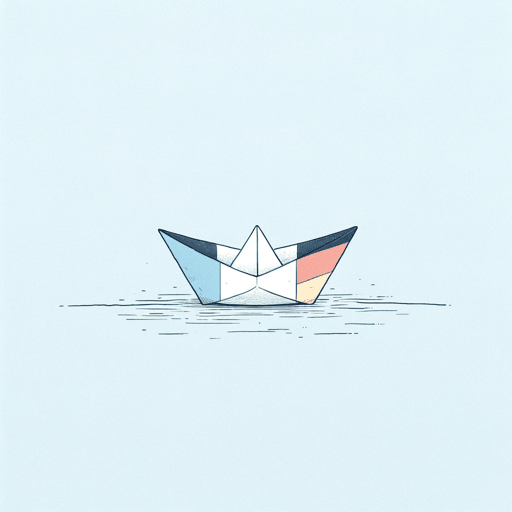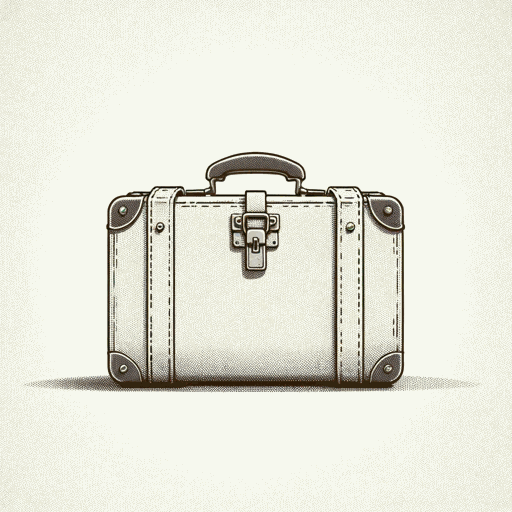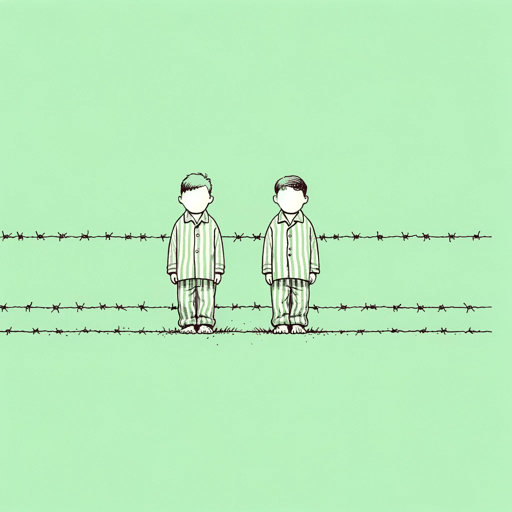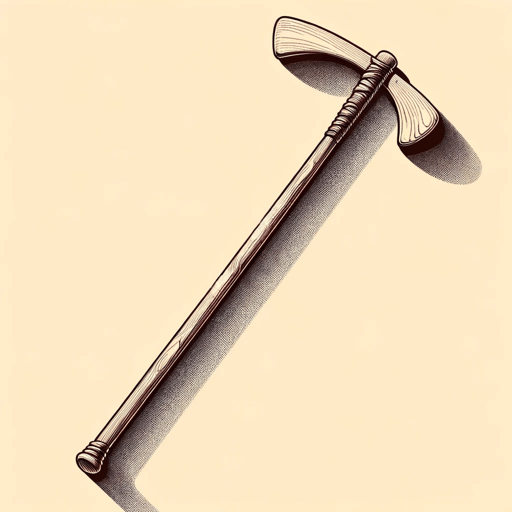82 pages • 2 hours read
John BoyneThe Boy at The Top of the Mountain
Fiction | Novel | Middle Grade | Published in 2015A modern alternative to SparkNotes and CliffsNotes, SuperSummary offers high-quality Study Guides with detailed chapter summaries and analysis of major themes, characters, and more. For select classroom titles, we also provide Teaching Guides with discussion and quiz questions to prompt student engagement.
Themes
Literature and the Arts as Opposition to Destructive Ideologies
Throughout The Boy at the Top of the Mountain, the arts in general and literature in particular provide contrasts to destructive ideologies and actions. They are consistently connected to ideas like home, emotional expression, and personal identity. While Hitler and his Nazi ideology inspire fear and violence, literature and the other arts suggest freedom and kindness.
In their youth, Anshel and Pierrot are devoted to the creation of stories, with Anshel serving as the primary writer and Pierrot as his first reader and editor. The stories they create together symbolize the closeness between the two friends and the powerful sense of home and belonging they share: “[s]o close was their friendship that Pierrot was the only person Anshel allowed to read the stories he wrote” (4). Later, after the death of his parents and his arrival at the orphanage, Pierrot loses this sense of comfort and security. The book Simone gives him as he departs for Salzburg, Erich Kästner’s Emil and the Detectives, becomes a kind of surrogate; he identifies closely with the protagonist and references to the novel turn up throughout the rest of The Boy at the Top of the Mountain. Thus, it is a literary work that reminds him of “the person he used to be” (72).
Related Titles
By John Boyne





